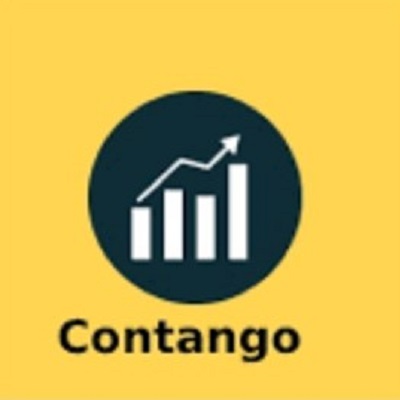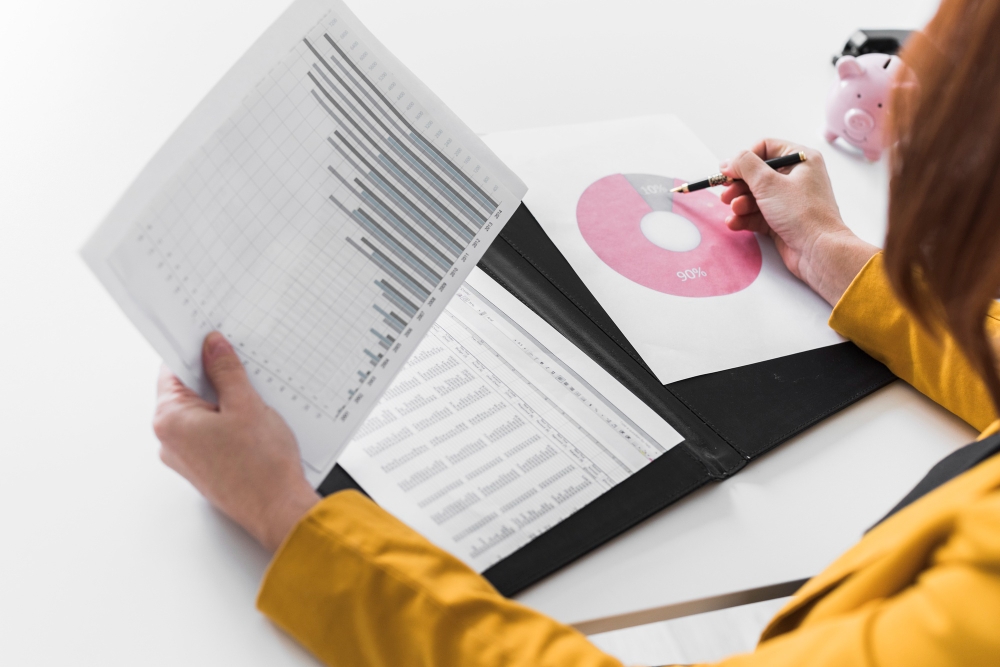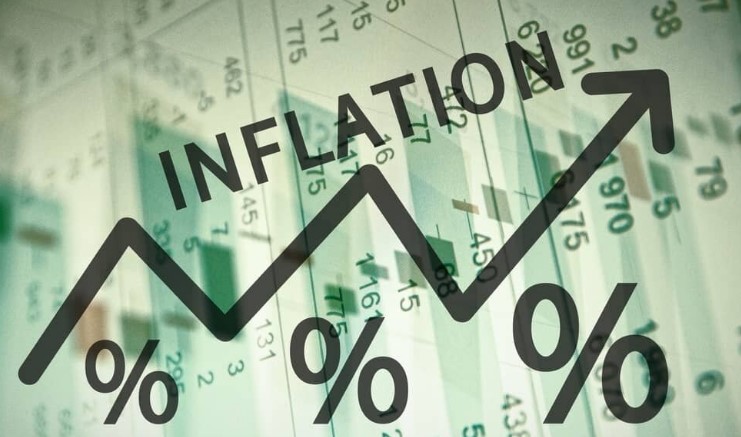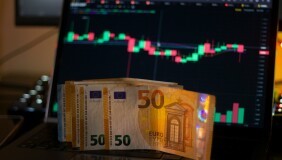
There are multiple ways to execute the trade, but what if there would be a possibility to invest straight into the potential of the asset and gain from it. Let’s take a look at the market condition which is also known as Contango. It can uncover these opportunities, but let’s review all the necessary information to utilize such possibilities.
- Definition
- Future contract’s concept
- Ways to interpret the Contango
- The reasons behind it
- Impact of the uncertainty
- Instance
- Benefits
- Drawbacks
- The difference between Contango and Backwardation
- FAQ
- What is Contango?
- What is a Future Contract?
- Why does Contango happen?
- What’s the difference between Contango & Backwardation?
Definition
There are certain states of the market which can be describing the current asset’s behaviour in comparison with the previous or future values. When the market shows the asset’s cost is lower than its valuation within the futures market, it is a Contango. Determining this condition is possible because of the future contract utilization. Such events can predetermine certain patterns: the investors may invest more funds for the commodity in the observable future.

It is visualized as an upward-sloping forward curve. Contango’s existence is a usual phenomenon of the market because it’s not a rare event when the asset’s cost increases later on together with the physical commodities having a carrying cost.
The opposite of this market condition is the Backwardation which basically means that the cost of an asset will potentially decrease.
Future contract’s concept
It is a way of purchasing certain assets in the upcoming dates which are predetermined within the agreement. There are several assets which can be involved in such contracts: stock, currency or a commodity.

The contract has two active participants: a buyer of the chosen asset and its seller. When the date of the predetermined trade occurs, the buyer must purchase the asset. Conversely, the seller must provide the other party with an underlying asset. After the agreement is fulfilled within the time which was determined to be an expiration date, the contract is closed.
Ways to interpret the Contango
By using the Contango, multiple companies can decrease risks of a potential loss with a more precise approach to the supplies refilling by doing it when it is necessary. This way of material storing helps to avoid potential overload of the supply.

Moreover, it is an additional method of determining the bullish tendency. The potential rise of the asset’s cost can be reflected in a lower value at the present date. In addition, it also helps to identify the overall increase of the commodity valuations together with both stable supply and demand conditions which directly impacts on the commodity price.
The reasons behind it
There is not only one, but several reasons for the Contango which is explained by the volatility and uncertainty of the market. Here are the most usual reasons:
- Carrying cost. It is not a wise decision to overload the storage with commodities, because the expenses will increase consequently.

- Inflation. If the valuation rises, so does both carrying and the commodity valuation which complicates the whole strategy.

- Supply & Demand. If the supply is disrupted, it can dramatically impact the price. For instance, an oversupply can lead to the high decrease of the valuation. Conversely, a shortage can increase the price.

- Uncertainty within the market. The Human factor also heavily impacts the asset’s behaviour, which makes the predictability of the price much more difficult. The irrationality of several investors’ actions may lead them to a bad decision. In that case, the loss is most likely inevitable.
This is a common situation to occur due to the constant changes within both the market and human reacting/deciding during the trading.
Impact of the uncertainty
Uncertainty is one of the main forces which drives the price. Even if the certainty would be at a 100% level, there will be no room for such a thing as a future contract because of several reasons. Let’s review a hypothetical situation where all the investors are completely rational and the carrying cost equals zero. In this specific scenario the potential cost can be defined only by two factors:
- The schedule of production.
- Interest rate’s term structure.
It means the full dependance on the spot price and interest rates which means that there is no room for any future contract. The market, consequently, will be redundant which means there is no use for such contracts to perform any potential transaction.

But the reality is much more complex than this hypothetical example. There are multiple opportunities which are provided to a future market by the existing uncertainty. Utilizing it means following several main steps:
- Disсovering the price. A future market has its significance which helps to determine the valuation behaviour on the upcoming dates. It is quite difficult to define the potential valuation by operating only on the present information.
- Managing the risks. Utilizing the future contract can help to prepare the existing portfolio to potential changes of the valuation.
- Differentiation within the commodities individual features. Cost of each commodity depends on a huge variety of factors which means the necessity in the separate future markets.

All-in-All, the uncertainty gives such markets a reason to exist and perform due to the constant changes in the sentiment which is also connected to multiple factors.
Instance
Let’s review a hypothetical instance. There are commodity contracts, which are front month, and it is defined at $57.45 (February, the front month). The following months has its valuations at:
- $58.12 in March.
- $58.67 in April.
- $59.24 in May.
- $60.54 in June.
There is a strong indication of the potential price growth which is also known as a Contango market.
Benefits
There are several ways to get a profit from using the Contango market to the investor’s advantage:
- Arbitrage trading. By purchasing the commodity at the spot price and selling it at the costs which are increased in future. By doing that immediately, a trader also leads the spot and future valuation to converge at the time of the contract’s expiration date.
- Purchasing the commodity at potential costs which are higher than the spot price. This can indicate a strong potential increase, especially in case of high inflation. It is a common way to profit from the speculators, but this specific strategy won’t be successful if the real valuations are lower than the future one.
- Trading in the short-term conditions which are provided by Contango.

Drawbacks
Despite being an opportunity to profit, it has several weaknesses:
- If the future price is expiring at a higher level than the spot price, there will be inevitable losses. However, such losses have borders which are directly connected to commodity ETF.
- Increased risk which is caused by an instability of the market. If the valuations within the market drops lower than the initial valuation which was appropriate to an investor, it leads to the inevitable loss.
The difference between Contango and Backwardation
The key difference between both of them is the direction of the price’s changes in the future. While Contango predicts the future price to decrease down to the spot price, Backwardation, conversely, shows the increase up to the spot price. Despite this difference, the valuation will still converge at the contract expiration date.

These are the market’s ways to behave which can change under multiple factors. It is true that Contango & Backwardation can change into one another. Because of that, it is crucial to adapt to the possible flips, especially, to the periods of constant reversals which may lead to several losses, if a trader isn’t prepared well-enough.
FAQ
What is Contango?
When the market shows the asset’s cost is lower than its valuation within the futures market, it is a Contango.
What is a Future Contract?
Future contract is a way of purchasing certain assets in the upcoming dates which are predetermined within the agreement. There are several assets which can be involved in such contracts: stock, currency or a commodity.
Why does Contango happen?
There are several reasons behind it, but here are the main ones: Carrying cost, Inflation, Supply & Demand, Uncertainty within the market.
What’s the difference between Contango & Backwardation?
The key difference between both of them is the direction of the price changes in the future. While Contango predicts the future price to decrease down to the spot price, Backwardation, conversely, shows the increase up to the spot price.











